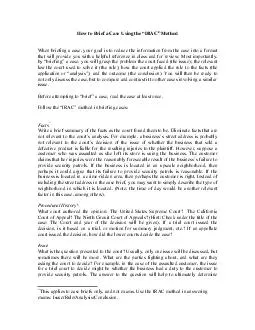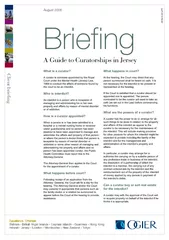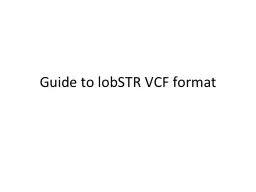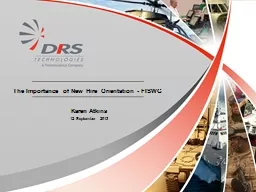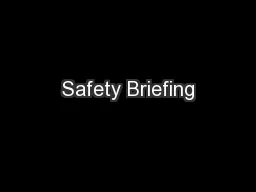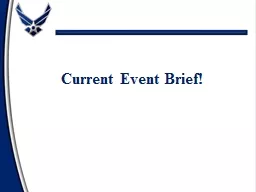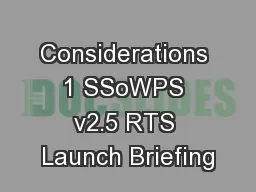PDF-How to Brief a Case Using the IRAC Method When briefing a case your goal is to reduce
Author : lois-ondreau | Published Date : 2014-12-02
Most importantly by briefing a case you will grasp the problem the court faced the issue the relevant law the court used to solve it the rule how the court applied
Presentation Embed Code
Download Presentation
Download Presentation The PPT/PDF document "How to Brief a Case Using the IRAC Metho..." is the property of its rightful owner. Permission is granted to download and print the materials on this website for personal, non-commercial use only, and to display it on your personal computer provided you do not modify the materials and that you retain all copyright notices contained in the materials. By downloading content from our website, you accept the terms of this agreement.
How to Brief a Case Using the IRAC Method When briefing a case your goal is to reduce: Transcript
Download Rules Of Document
"How to Brief a Case Using the IRAC Method When briefing a case your goal is to reduce"The content belongs to its owner. You may download and print it for personal use, without modification, and keep all copyright notices. By downloading, you agree to these terms.
Related Documents

